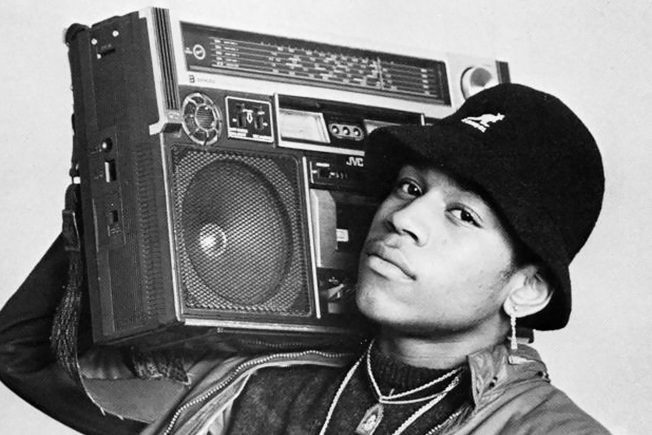This month’s student spotlight introduces you to Icon Graduate Kompany, who’s quickly become the bass music artist to watch.

We are proud of our students and their accomplishments. Each month, we connect with Icon Collective students and alumni who have taken programs in Los Angeles or Online to showcase their hard work and success. Their achievements offer a glimpse into what’s possible after pursuing music education at the Collective.
About Kompany
Icon Collective Graduate Kyle “Kompany” Hagberg grew up in Temecula, California with drumsticks always in hand. Since graduation, Kyle has been on a mission pushing boundaries in the bass music scene while mastering his craft. Moreover, his work as Head Sound Designer for cymatics.fm and catalog of definitive tracks have made an immense impact in the bass music community.
Kompany’s signature style has also been taking over the bass scene with each release. His arsenal of notable tracks includes a remix of NGHTMRE’s ‘ Touch ’ and a collab track with Nitti Gritti out on Steve Aoki’s DIM MAK label called ‘ Badlands.’ He has also locked in an expanding selection of aggressive originals.
Recognized as one of the most promising producers of 2018, Kompany has already set the pace with his unrelenting “Revolt” EP out on Never Say Die. The speaker annihilating six-track project showcases some of Kompany’s best work to date while also offering a sneak peek at what’s to come this year.
His impeccable sound design skills and unique take on bass heavy music has also earned him a spot amongst the ranks of the industry’s biggest heavy-hitters. He has also released music with some of bass music’s most prominent labels such as Firepower Records, DIM MAK, and NSD: Black Label. Having wrapped up 2017 with Bear Grillz on his American Freakshow Tour and fresh out of the studio with new music, Kompany is poised to dominate in 2018.
In the midst of the madness, we caught up with Kompany to talk about his success, experience studying at Icon, and what’s in-store for in 2018.
You’ve experienced relatively rapid success as a bass music producer. What has the journey been like for you thus far? Are there things about the industry and lifestyle that have surprised you?
The journey has been insane so far! Most of it has been me spending ungodly amounts of time in the studio perfecting my craft. It’s also great to finally break out and show all of this new music I’ve been sitting on. It’s definitely surprising to see how many people my music has touched in such a short amount of time. Getting to travel around during the American Freakshow Tour with Bear Grillz was huge because I wanted to meet face-to-face with as many of these people as possible.
What was your experience like studying at Icon? Also, how do you feel it’s contributed to your ability to maneuver your workflow and the industry itself?
Next level inspiring. Icon really forced me to keep my head down and work as hard as possible. I spent as much time there as possible and surrounded myself with the people that inspired me the most; It really paid off in the long run. One month after I graduated, I landed a full-time sound design gig for one of the biggest sample pack companies at the time.
How do you deal with creative blocks these days, and has that changed from a coup of years ago?
This is always a tough subject for me because whenever I think I have writer’s block figured out, it’ll adapt and find a new way to stump me. Lately, what has been working for me is watching other producers’ streams, or a YouTube tutorial for a new plugin I’m interested in. Seeing other artists mess around with stuff can sometimes give me ideas for really cool techniques to try out. Once I get into that mindset, I’m usually pretty fluid with my writing process.
What can we expect from Kompany in 2018?
So So many new tunes! I’m sitting on a year’s worth of releases right now trying to strategically plan a way to present them the best. I’m really looking to take my production to the next level. I’m also spending an insane amount of time writing new stuff, so I hope that people will notice an improvement in my overall quality.
Connect with Kompany

Turn your passion for music into a Profession: Learn more about our Music School Programs!
MORE ARTICLES FROM THE ICON BLOG

FIND YOUR SOUND, HONE YOUR CRAFT:
Are you ready to turn music into a career? ICON prepares students to become music producers, composers, performers, recording artists, professional DJs, and entrepreneurs in the entertainment industry. Click below to get information about our award-winning programs:

